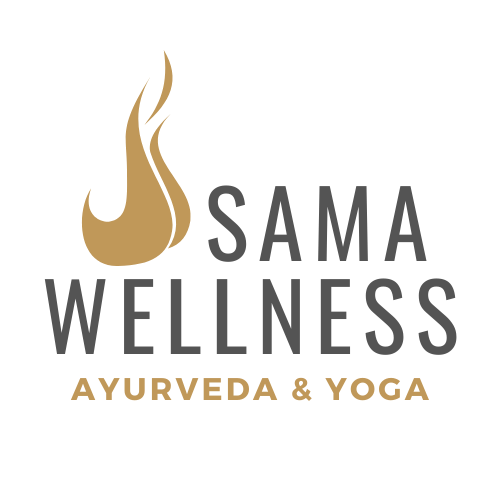Recently, I tasked myself with a fun challenge: to teach an Ashtanga class that is not an Ashtanga class. What? More specifically, to teach in the format of a practice class that hits the key points of the Ashtanga method without relying on strict Primary or Intermediate sequencing.
This is not terribly revolutionary. I used to teach Vinyasa classes, a decade or more ago, but because I was already steeped in the Ashtanga method those classes were, I suppose, Ashtanga-lite-- because (as I thought at the time) how the heck do you teach a class without breath bandha and drishti? So I just mixed up the sequencing, followed the structure, and voila.
This time I am curious to explore what it is, exactly, about Ashtanga, that makes it Ashtanga. There’s a lot of talk about this going around-- from the folks who say they can’t do Ashtanga because their shoulder is messed up, to the folks who have left the method due to the actions of Pattabhi Jois. I’m not sitting in judgment of any of this; rather I’m interested in examining what parts of the method are the most important (to me).
Breath synchronized with movement.
This one’s a gimme. Inhale up, exhale down, and repeat. But in addition to the synchronization, I would add that we encourage the breath to be a reasonable medium length-- free breathing, rather than as long as possible. Too fast will make you feel like you’re hyperventilating (or will just get your breath out of sync), and too slow will lull you to sleep. A good medium pace means that you continue to build heat without overtaxing the lungs or the heart.
Awareness at certain prescribed points.
This would be drishti and bandha. Look at your nose, pay attention to your belly and your pelvic floor. Simple and calming for the nervous system. Not that there aren't (sometimes) a hundred things going on in particular pose (lengthen here, relax here, engage here, lift here), but in general those hundred things are for when you’re learning a new pose, or exploring a pose you already know in a different way. On the regular, look at your nose and pay attention to your belly and your pelvic floor. Simple awareness is the name of the game 90% of the time, because we are building our capacity to concentrate on one thing.
Five breath holds.
Five isn’t set in stone when you get down to where the magic of the practice is, but the concept of not holding things forever is. Even complicated poses, we just hold for five breaths. Get in, breathe a little, move on. Nothing lasts forever. The good feeling that you get from a satisfying bind or chin-to-shin contact is not the point; understanding the ephemeral quality of everything in life is the point.
A balanced sequence.
For every pose, a counterpose. We always complete the second side of one pose before doing a different pose. Everything is structured to be in groups of two, three, or four poses that are complementary. This has the overall effects of grounding and balancing. Even in the intermediate series, which tends to stir things up a bit more than primary series. This is an important thing to keep in mind when we go through a phase where something has to be modified (be that because of pregnancy, injury, or another reason)-- as long as the poses you string together are done evenly and sequentially on each side, and in complementary groups, you’re probably hitting the mark.
The vinyasa.
The transitions between poses are another hallmark of the Ashtanga practice-- but I would argue that they are not characterized by chaturanga specifically, but rather by a short sequence of simple (I didn’t say easy) positions that clears out whatever just happened in the spine in the previous pose. Neutral position, extension, flexion, and on to the next pose. So yes, it’s totally possible to do an entire Ashtanga practice without chaturanga (if you’re modifying for a shoulder injury, for example), but you just have to put in a bit of thought as to the function of the poses you’re replacing it with.
Now, the above points are meant to outline the specific physical and technical things we do during our Ashtanga practice. The actual eight limbs, the Ashtanga of Patanjali's Yoga Sutras, deserve not only a mention but an entire discussion (or a lifetime of discussions). I consider the eight limbs to be what makes Yoga Yoga, not necessarily what makes Ashtanga Yoga Ashtanga Yoga, despite the name, so therefore out of the scope of this little writing exploration.
Enjoy your practice, whatever it is that you're doing on the mat!
And if you'd like to come to my non-Ashtanga Ashtanga class, it's 12pm on Saturday Feb 29, at Northern Yoga Center.
